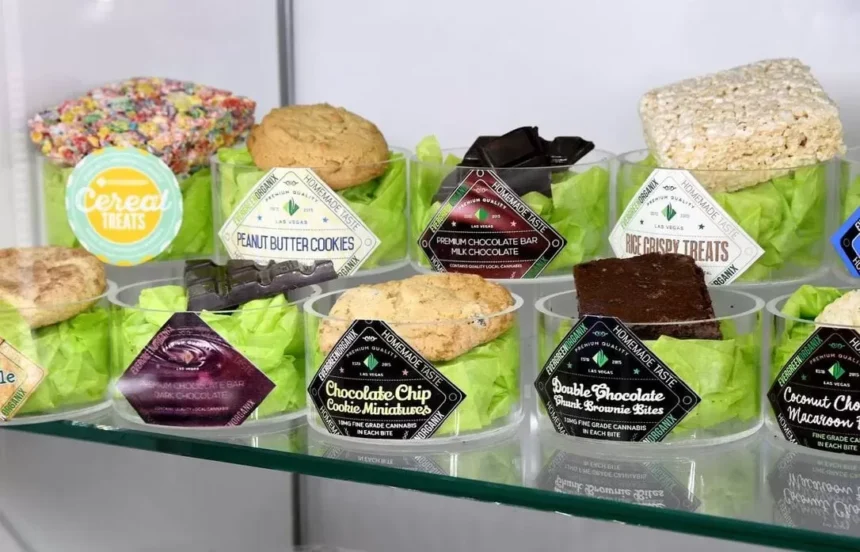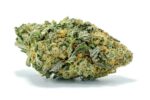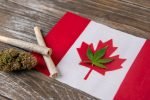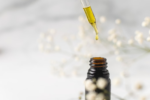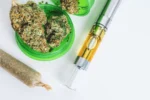Canada’s suggested edible bud regulations have been released by Health Canada and the 60-day procedure has come to a conclusion. The general public health agency is presently reviewing the answers.
Beneath the proposed national rules, one serving will be limited to ten mg of THC, the psychoactive component in cannabis, and every serving has to be separately wrapped.
For instance in a chocolate edible bar, every breakable square may contain 10 mg per for a total of 100 mg.
Pot intended for ingestion can’t contain alcohol, have limited caffeine and arrive in a plain, child-resistant containers. The draft regulations state the products shouldn’t be attractive to children and the packaging can not promote dessert or confectionery tastes — therefore no gummies shaped like bears.
The rules are an effort to address a few of the chief issues with edibles: making sure it doesn’t pose a threat to public health, particularly for people that are underage.
“In different authorities, that legalized marijuana exactly like the countries from the U.S., among those issues, [together with ] legalizing edibles, were children. So children came to the kitchen watched this lovely well coloured bud edible and as children do, check it out,” explained Dr. Jürgen Rehm, a senior scientist in the Institute for Mental Health Policy Research in CAMH.
But some are concerned the black market economy will continue to flourish with this kind of stringent regulations. In California, as an instance, which legalized recreational bud and edibles this past year, industry experts say the illegal market continues to boom.
1 big cannabis edibles maker in California says it has been hard to navigate inside the legal marketplace since there’s so much rivalry in the illegal industry.
“People who are heavy users of THC and prefer to consume it, can consume hundreds or even tens of thousands of mg of THC in daily and so should they have products which can be found in the illegal market which are much more affordable and have a greater potency, they are going to tend to go towards this instead of paying more for less THC, that is exactly what they have used to eat,” Bryce Berryessa explained the president of La Vida Verde.
Berryessa says that the body builds up a fairly speedy tolerance when eating edibles. Thus lots of people that are used to swallowing a greater volume of THC are still engaging in the illegal marketplace to acquire access to goods having higher potencies.
Rehm that has been focusing on the subject of mental health and cannabis intake states it is far better to get an incremental strategy in regards to edibles.
“The issue with edible bud is that folks aren’t used to it. A good deal of the people as soon as they smoke marijuana. They think that the effects fairly fast. Together with edibles, the consequences can be afterwards. And folks say’Oh, I’ve done this edible bud and that I believe nothing’ and they have more,” Rehm said.
To avoid putting individuals in danger, it’d be better to begin with a minimal dose and after we’ve got clear signs the black economy is still flourishing, then we could reevaluate it, ” he added.
“So with the laws, together with the top limits of THC or other things, we must be in ways so we are able to reap the benefits of legalization (i.e safer product, not lose a few of the customers to the black market). And honestly, I believe there’ll be a great deal of trial and error from another a couple of decades.”
Health Canada confirms they have obtained 7,000 answers from Canadians, business representatives, the states and the public health community on the projected edibles draft regulations. The agency is reviewing the opinions and contemplating where alterations can be created.
People from the marijuana business, however, are doubtful the government is likely to create the edibles deadline set for themselves. When it came to recreational marijuana, legalization was initially assured on Canada day, however the true date was not for a few weeks afterwards.

